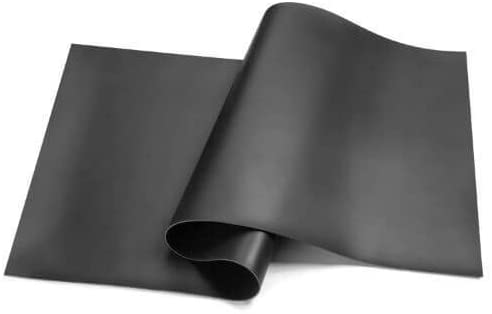
While these products typically cost around $0.30/sf to manufacture, the retail prices vary widely from $1.00-$8.00/sf.

When considering an MLV supplier, it is critical to ask for performance data (lab and field) and compare pricing. The polymer is an extruded Polyvinyl Chloride (PVC) which is “mass-loaded” with a cheap filler, typically Calcium Carbonate or Barium Sulfate. Some of the trade names include MLV Blokker, TuffMass, AcoustiBlok, and Vinaflex, but many others are similar or equivalent. Standard Mass Loaded Vinyl is known by many trade names, though it is largely the exact same product extruded from the same few manufacturers in the US. double-studs or resilient channel), but can also be effective in industrial settings. MLV is most useful on steel-stud walls that can benefit from some additional weight while not needing significant decoupling or dampening (i.e. This is why a single layer of mass loaded vinyl can block as much sound (measured in STC rating) as 2-3 layers of drywall. This provides a thin, flexible membrane that adds significant mass to the wall (hence the name), but also adds flexibility to the partition. Mass Loaded Vinyl is simply an vinyl plastic that has heavy particles loaded into it during formulation, such as Calcium Carbonate (or in previous years, Barium Sulfate and Lead).

While effective in many assemblies, it may not be as effective in others. First and foremost, it should not be considered a “panacea”. What makes Mass Loaded Vinyl (also known as MLV) effective and what are its limitations? While it’s been around for several decades there is still a lot of misinformation about MLV within the construction industry.


 0 kommentar(er)
0 kommentar(er)
